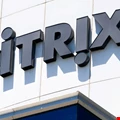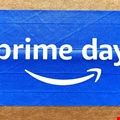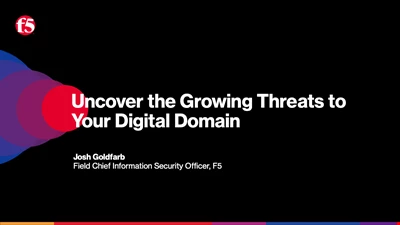Infosecurity News

Chinese Video Surveillance Vendor Hikvision to Fight Canadian Ban
China’s Hikvision vows legal battle after Canada bans its operations, citing national security concerns

New Bert Ransomware Group Strikes Globally with Multiple Variants
Trend Micro has observed the Bert ransomware group in operation since April 2025, with confirmed victims in sectors including healthcare, technology and event services

Iran-Aligned Hacking Group Targets Middle Eastern Governments
Iran-aligned BladedFeline group has been observed targeting the government of Iraq and KRG with advanced malware

Researchers Share CitrixBleed 2 Detection Analysis After Initial Hold
Vulnerability research company WatchTowr published a detection analysis for the Citrix Blled 2 flaw

Hackers Target Employee Credentials Amid Spike in ID Attacks
Cybersecurity researchers have observed a 156% increase in credential theft incidents between 2024 and Q1 2025

Qantas Contacted by Potential Cybercriminal Following Data Breach
Qantas said it is currently validating the contact, and has informed law enforcement

Hundreds of Malicious Domains Registered Ahead of Prime Day
Check Point has discovered over 1000 suspicious domains registered in the run-up to Amazon Prime Day

IT Giant Ingram Micro Reveals Ransomware Breach
Distributor Ingram Micro says it has found ransomware on its internal systems

Ransomware: Hunters International Is Not Shutting Down, It's Rebranding
Some admins of Hunters International are now part of the encryption-less cyber extortion group World Leaks

Taiwan Flags Chinese Apps Over Data Security Violations
Taiwan warned that popular Chinese-owned apps, including TikTok and Weibo, are harvesting personal data and sending it back to servers in China

EU Launches Plan to Implement Quantum-Secure Infrastructure
The EU’s Quantum Strategy includes plans to develop secure quantum communication infrastructure across the region

WordPress Plugin Flaw Exposes 600,000 Sites to File Deletion
A severe flaw identified in the Forminator WordPress plugin allows arbitrary file deletion and potential site takeover

Privilege Escalation Flaw Found in Azure Machine Learning Service
A critical Azure Machine Learning flaw allows privilege escalation, risking subscription compromise

CVE Program Launches Two New Forums to Enhance CVE Utilization
The CVE Board has launched a Consumer Working Group and a Researcher Working Group, allowing new stakeholders to shape the future of the CVE Program

Automation and Vulnerability Exploitation Drive Mass Ransomware Breaches
ReliaQuest warns that initial access vulnerability exploitation is driving successful ransomware attacks

North Korean Hackers Target Crypto Firms with Novel macOS Malware
SentinelLabs observed North Korean actors deploying novel TTPs to target crypto firms, including a mix of programming languages and signal-based persistence

Linux Users Urged to Patch Critical Sudo CVE
Two elevation of privilege vulnerabilities have been discovered on the popular Sudo utility, affecting 30-50 million endpoints in the US alone

Android SMS Stealer Infects 100,000 Devices in Uzbekistan
New Android malware Qwizzserial has infected 100,000 devices, primarily in Uzbekistan, stealing SMS data via Telegram distribution

AI Models Mislead Users on Login URLs
A third of AI-generated login URLs lead to incorrect or dangerous domains, according to Netcraft

Chinese Hackers Target France in Ivanti Zero-Day Exploit Campaign
The French cybersecurity agency identified Houken, a new Chinese intrusion campaign targeting various industries in France



